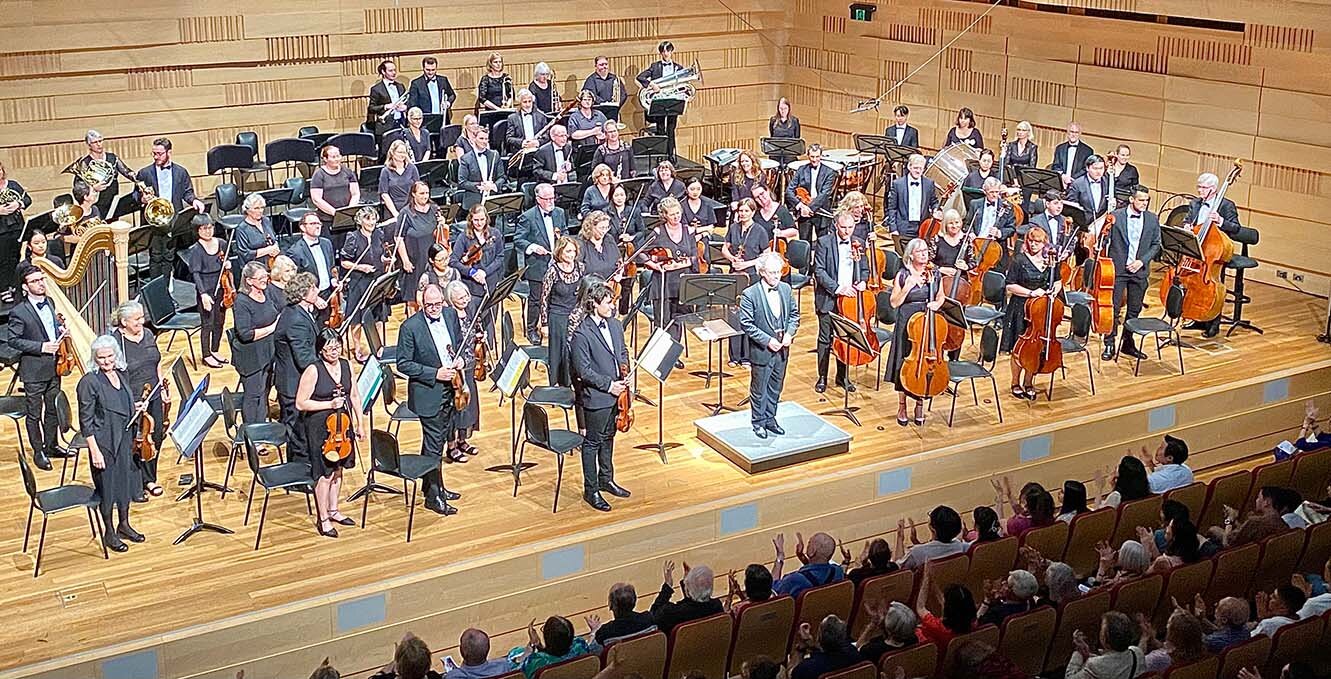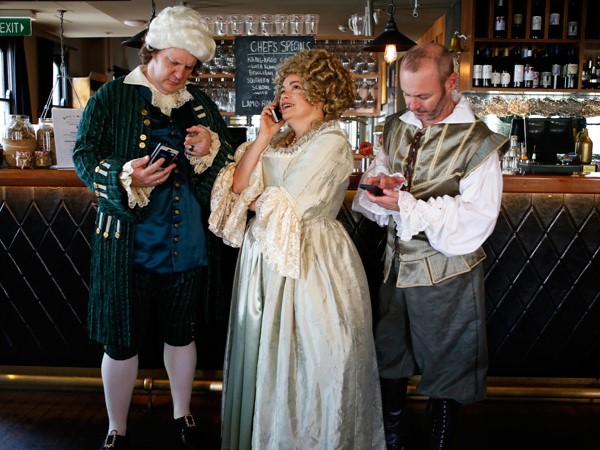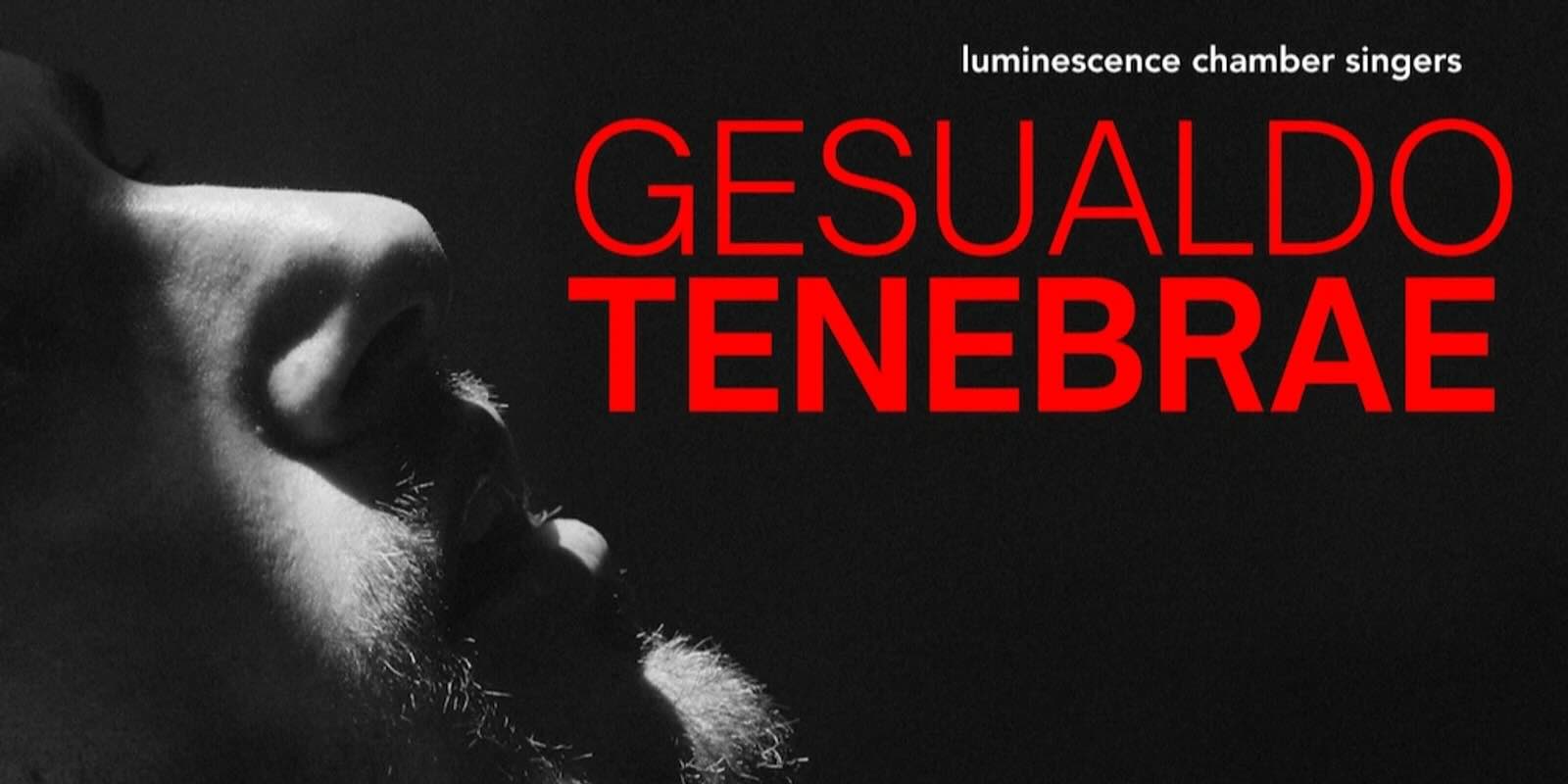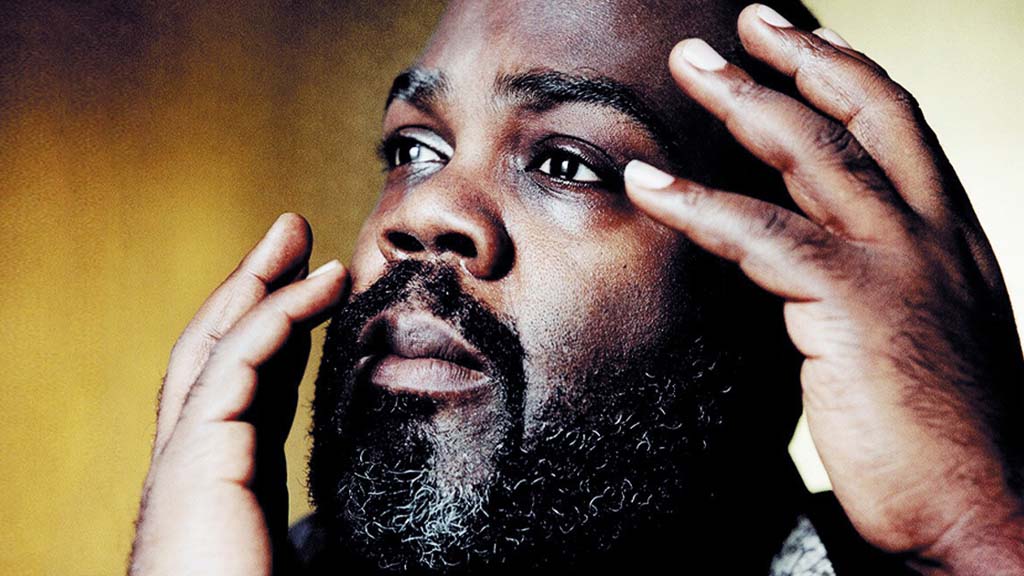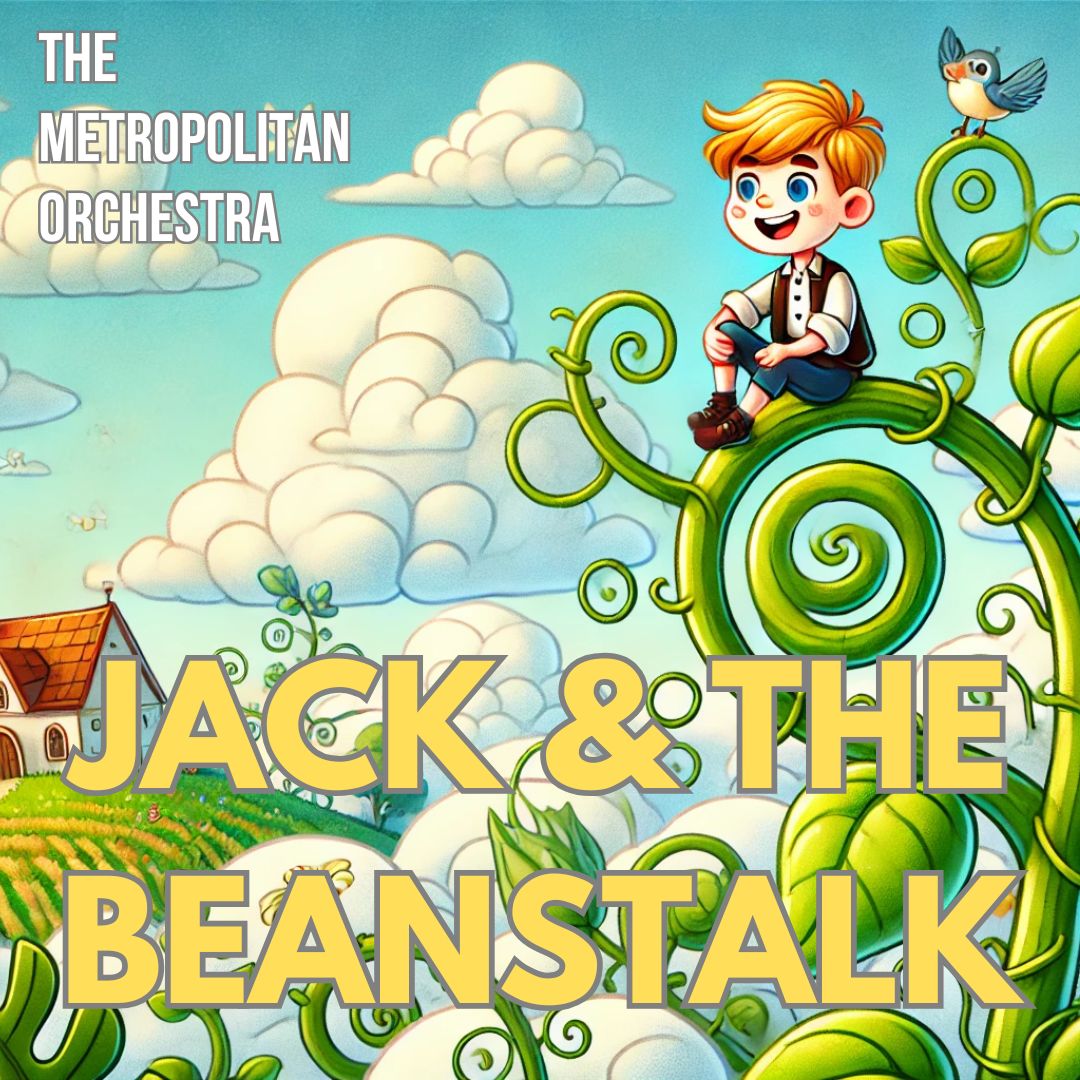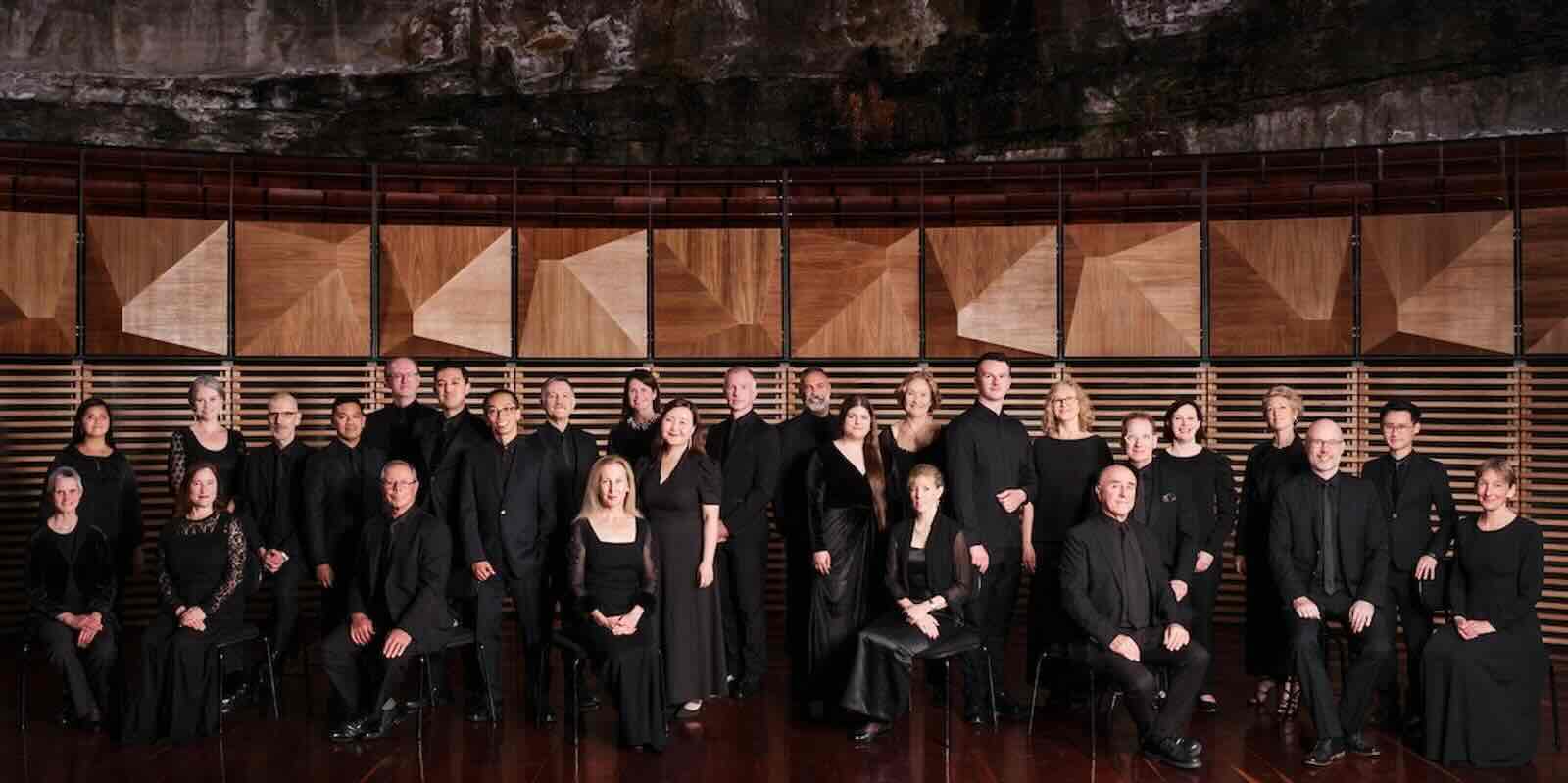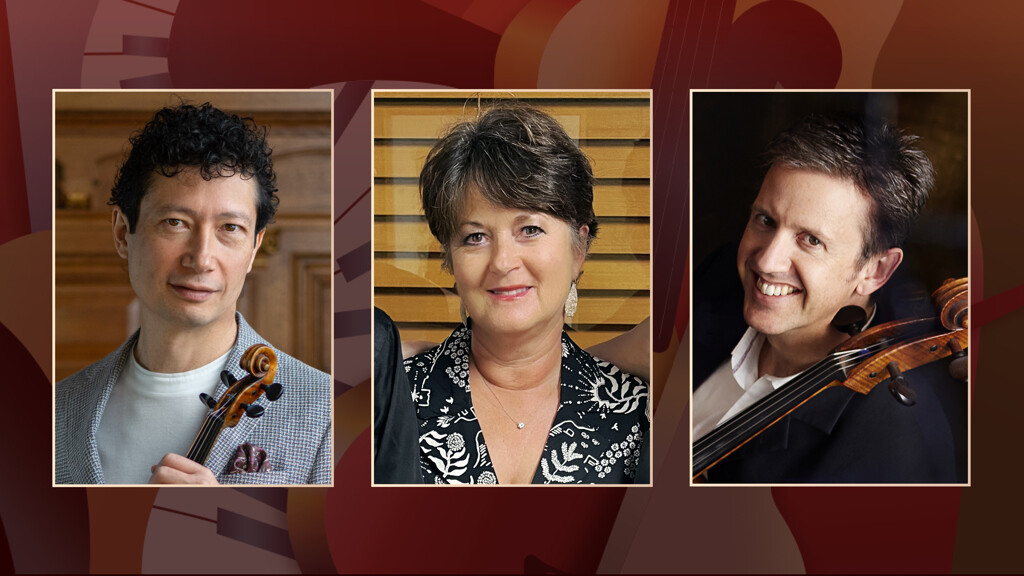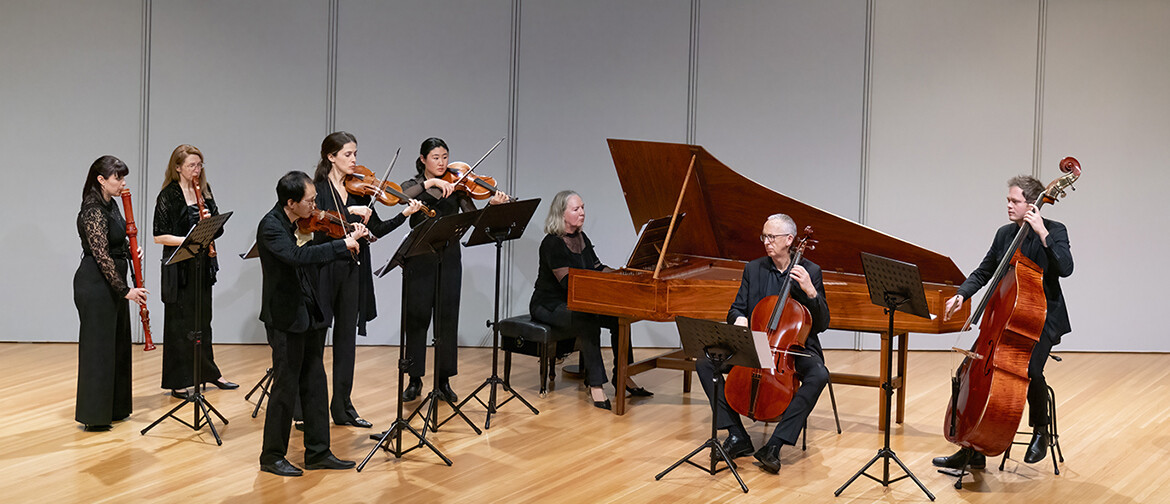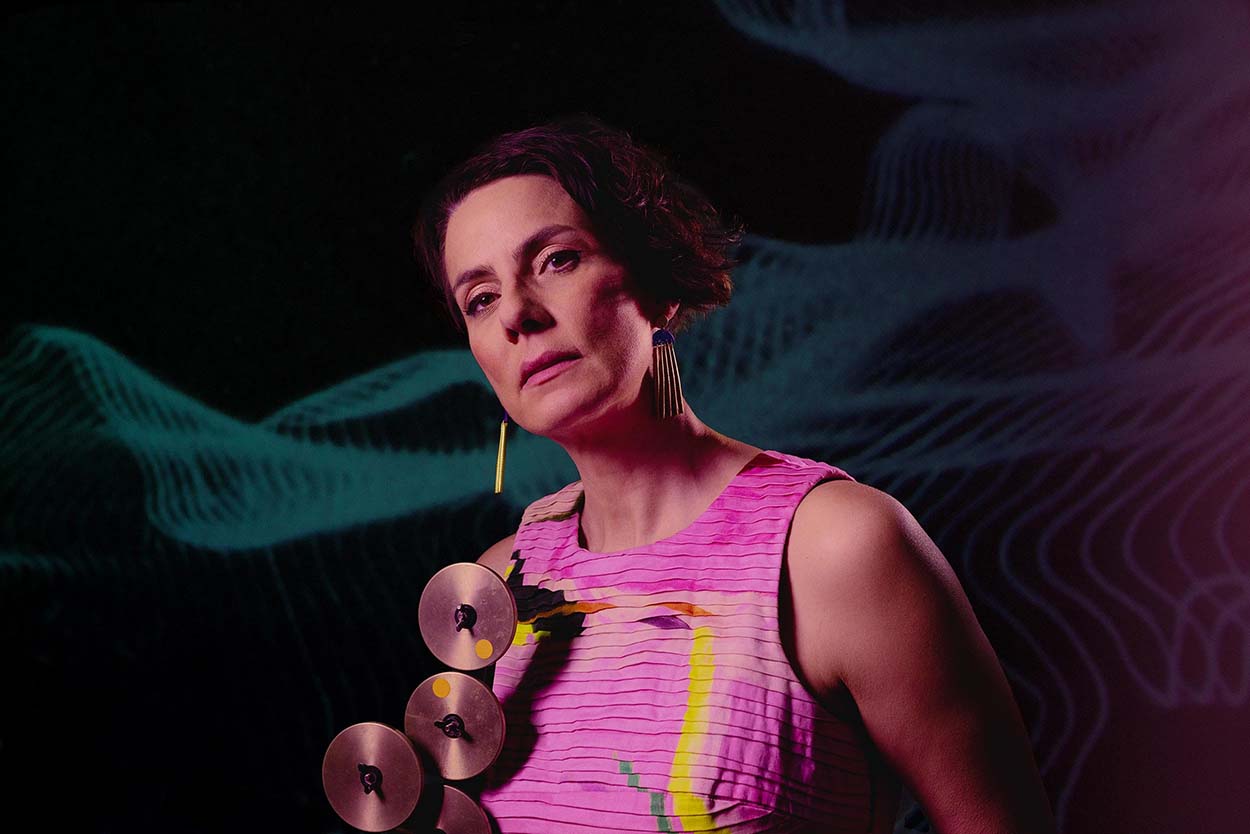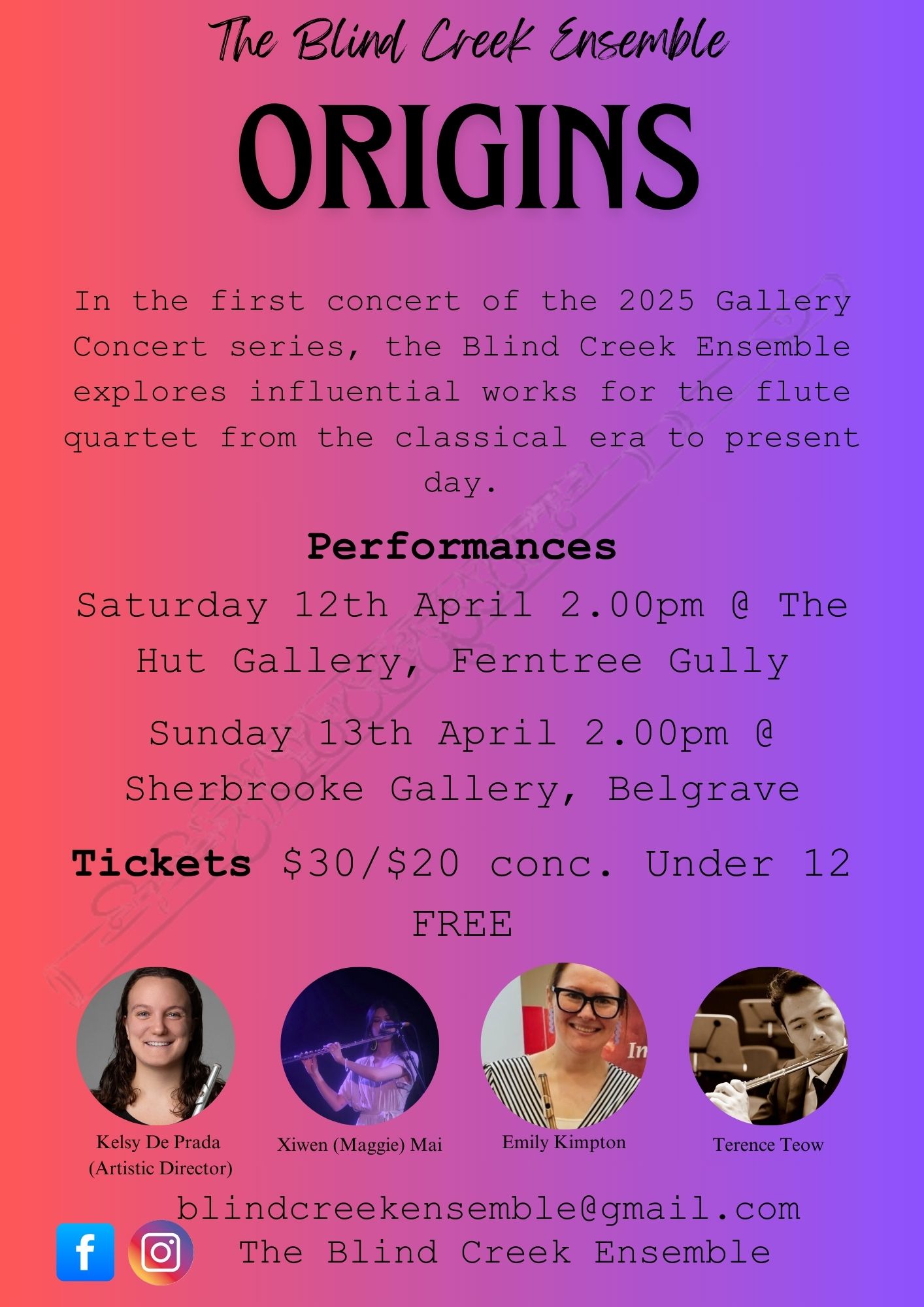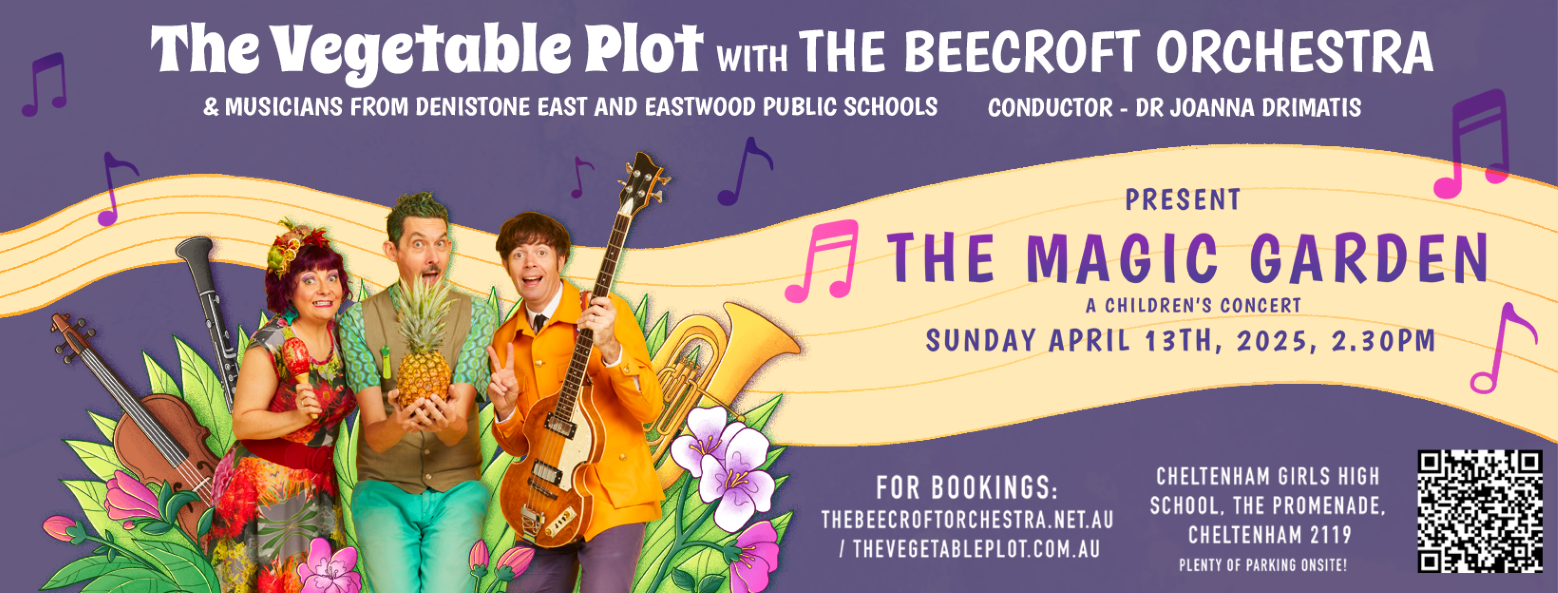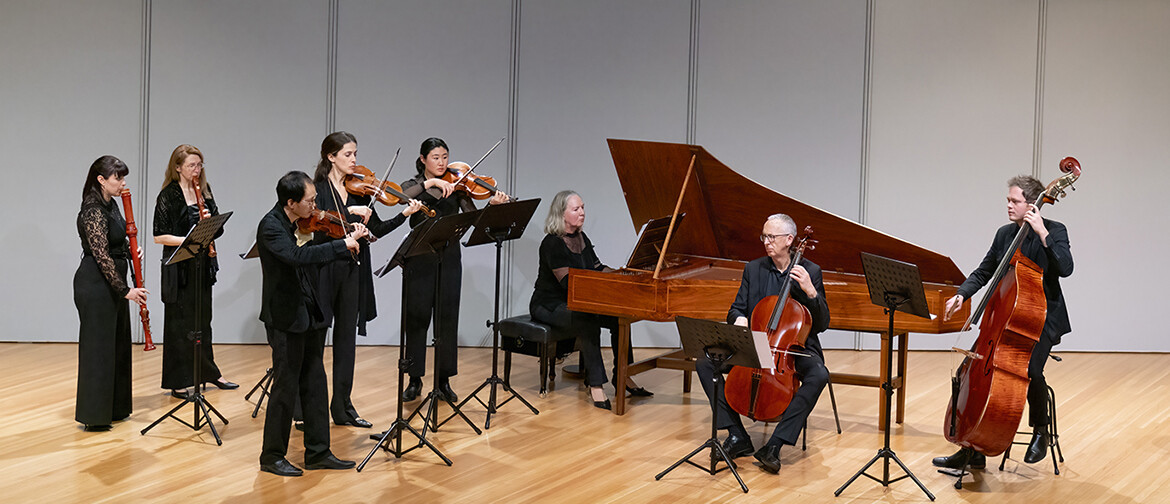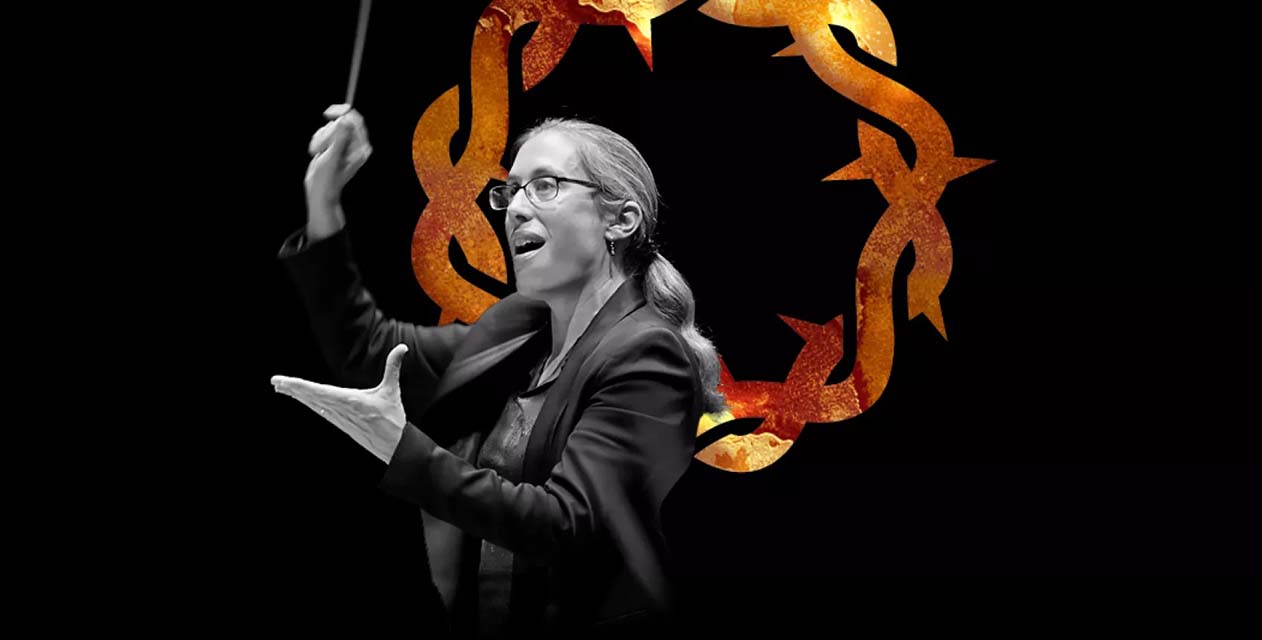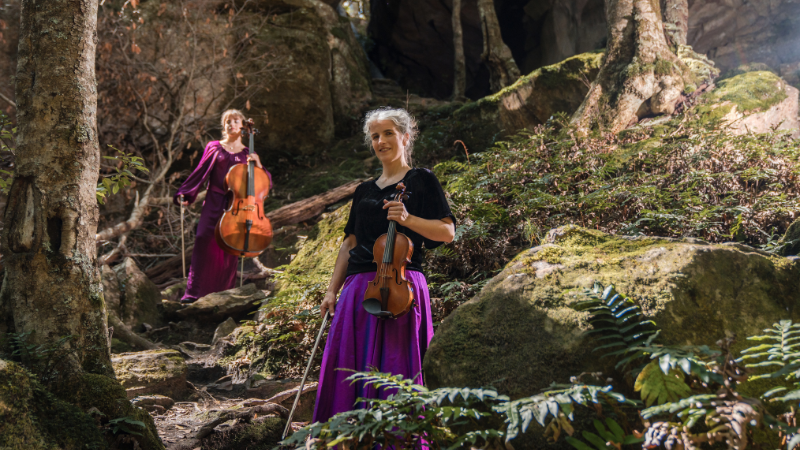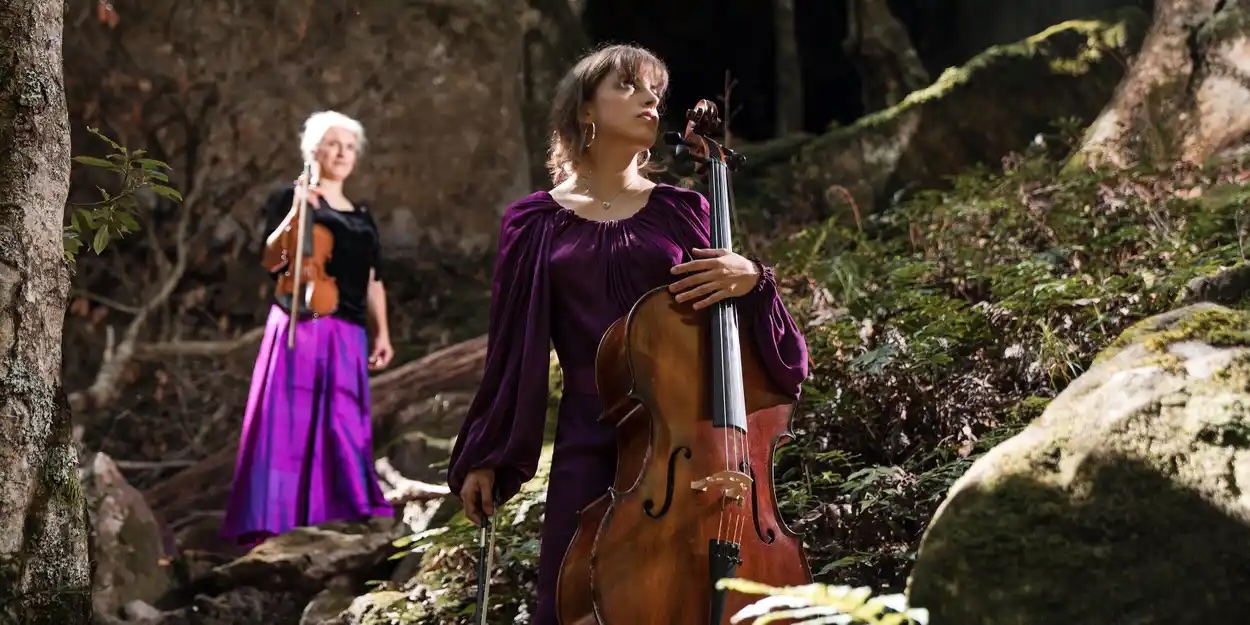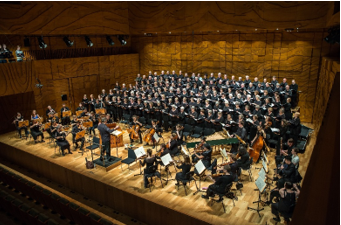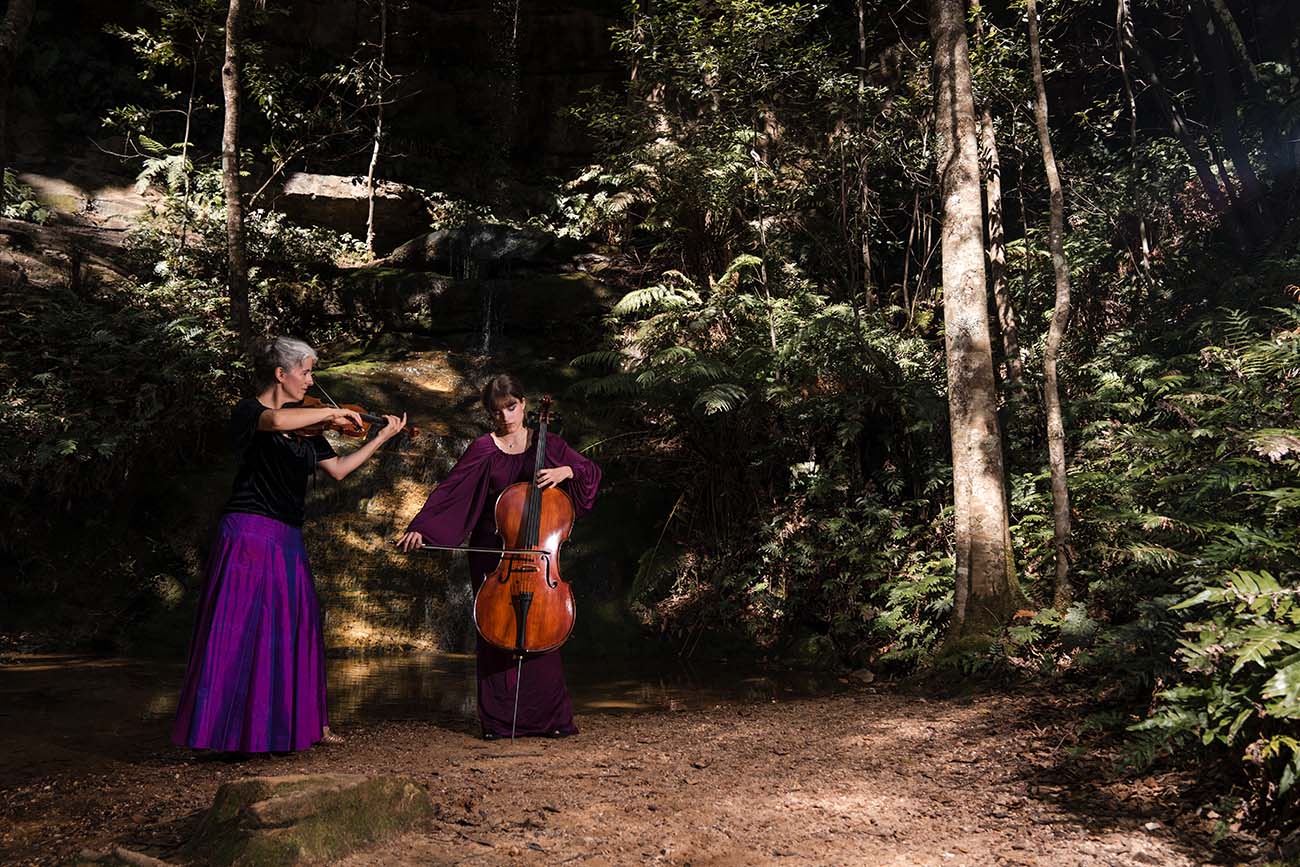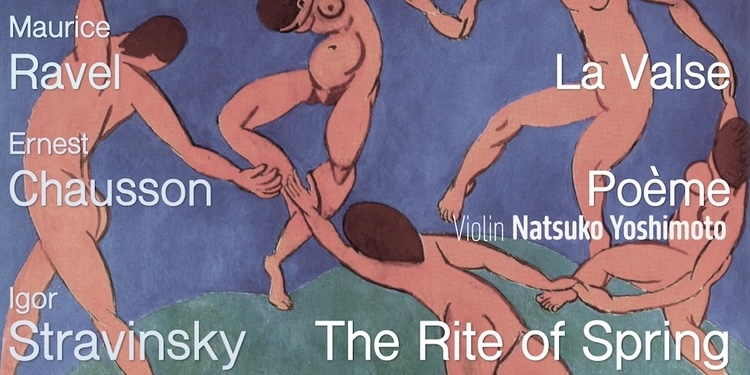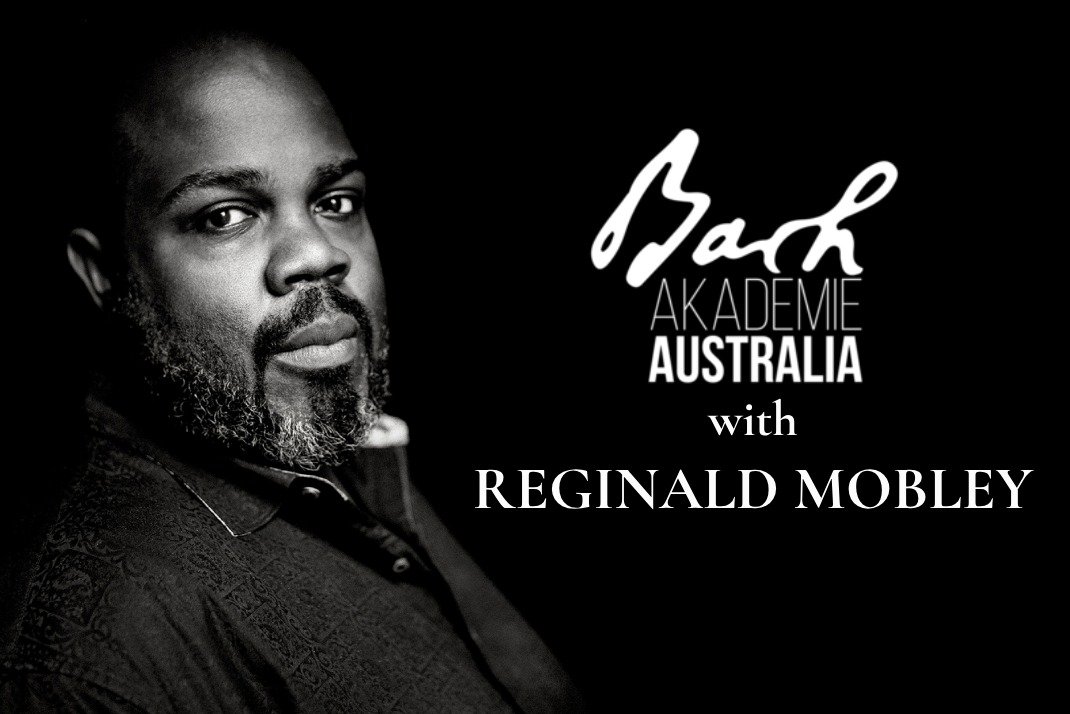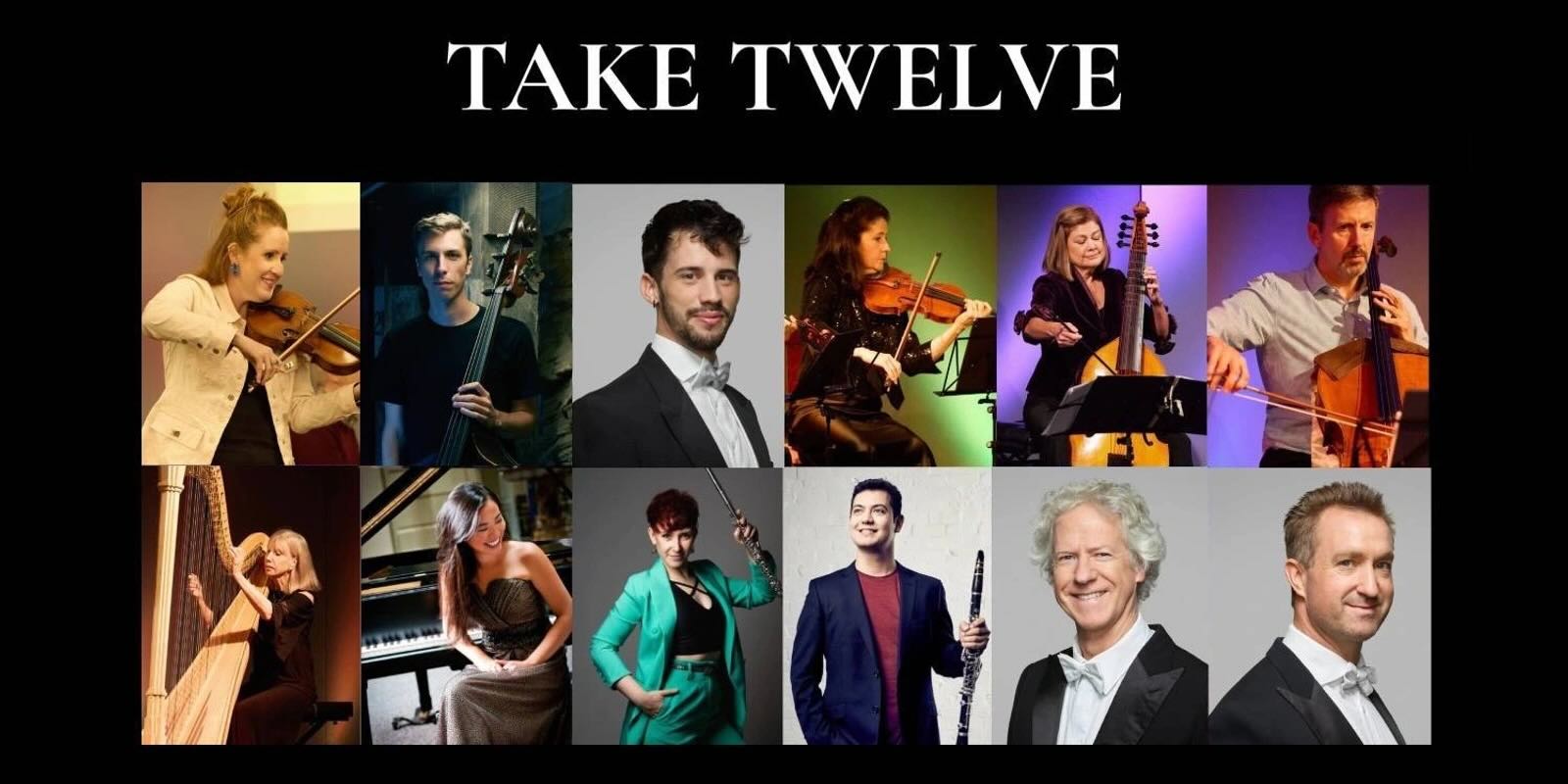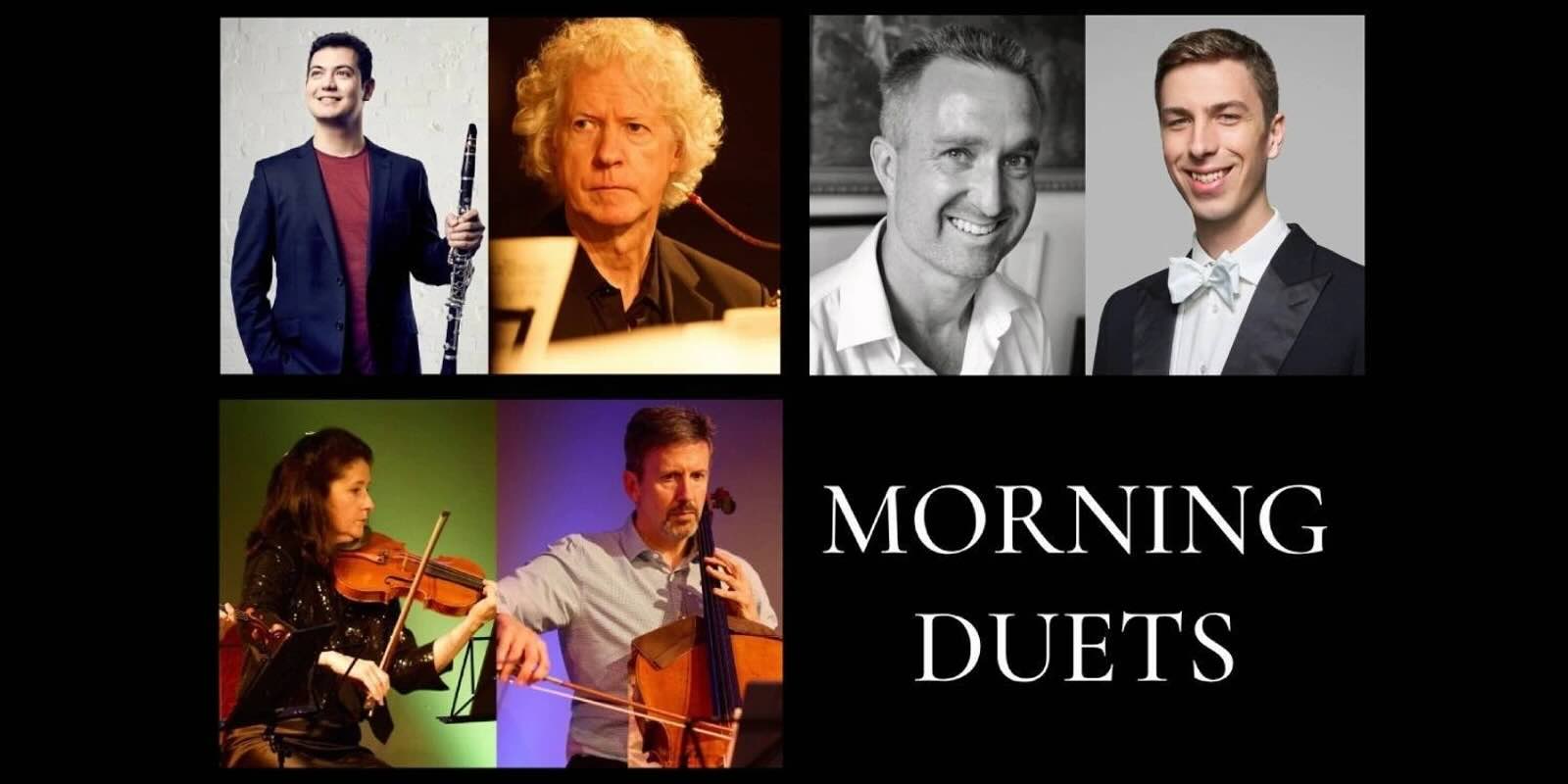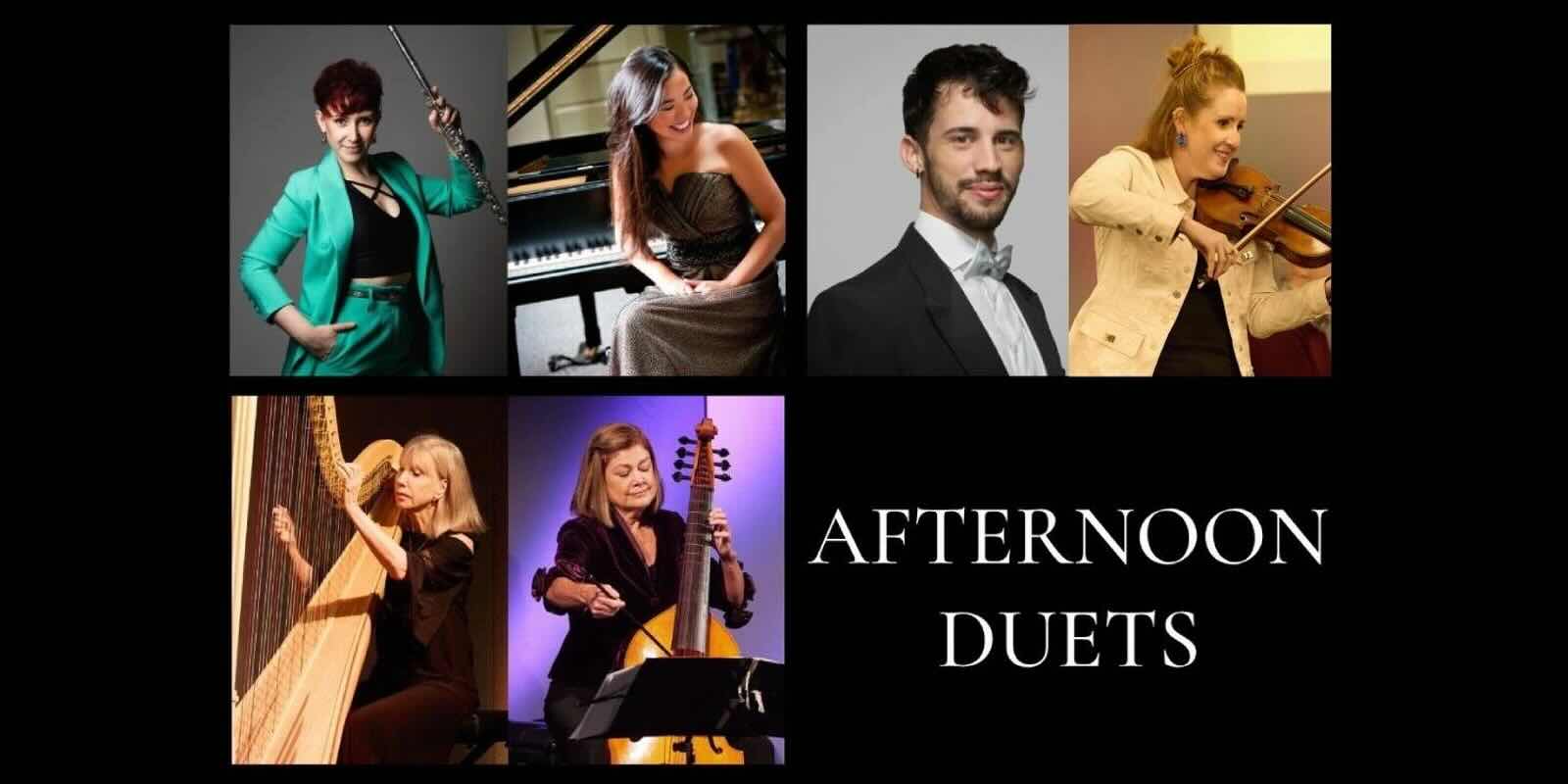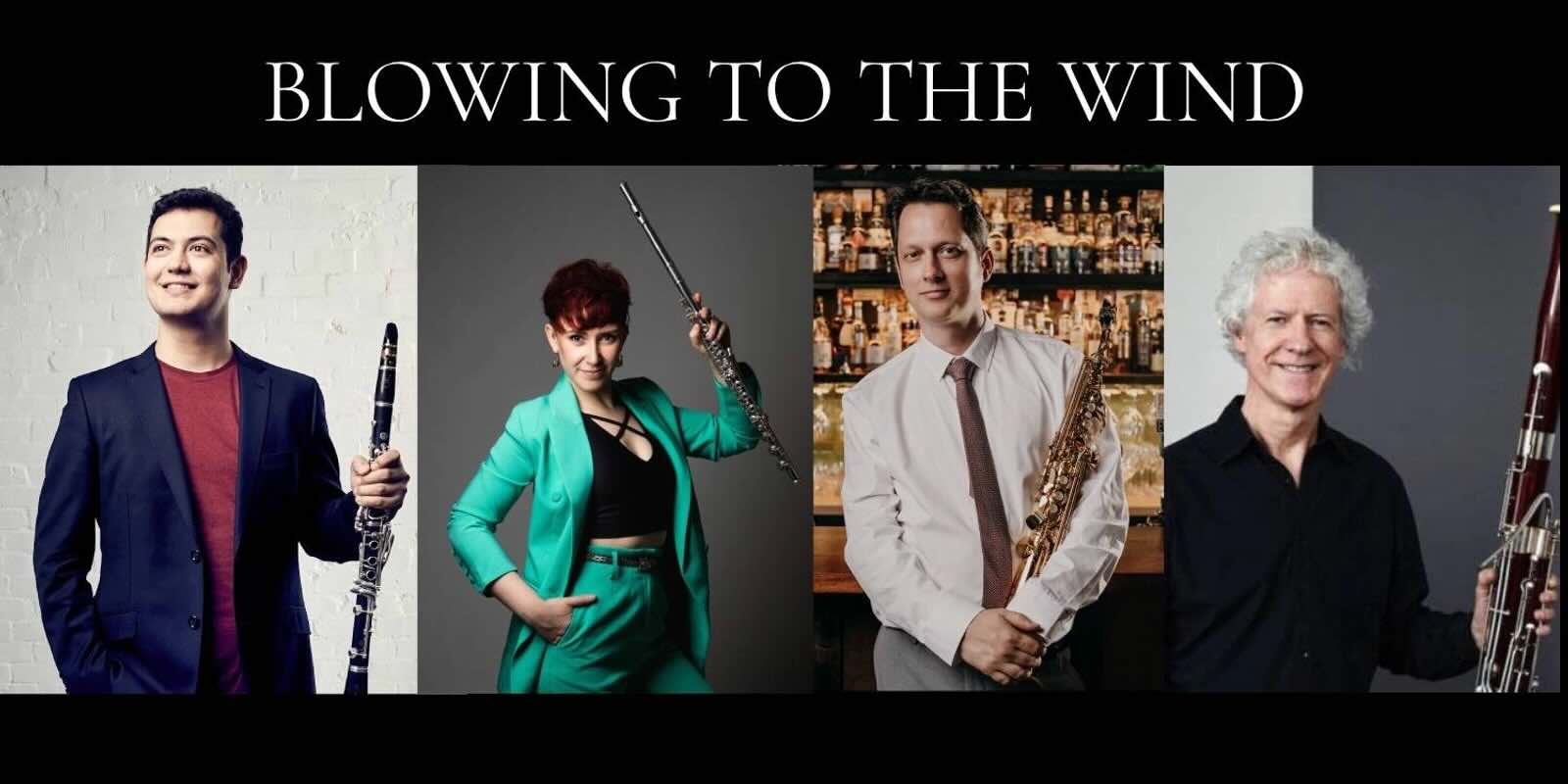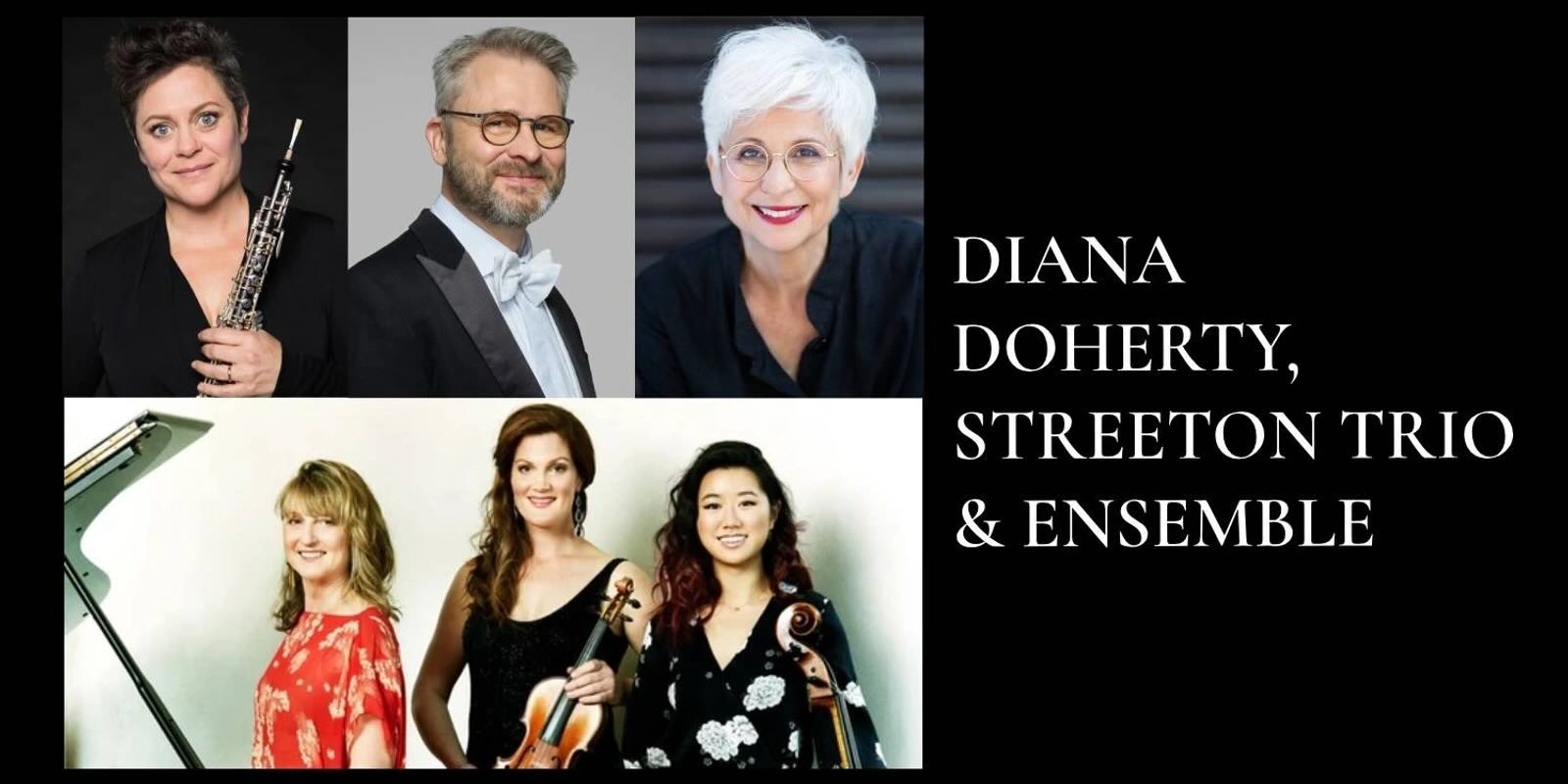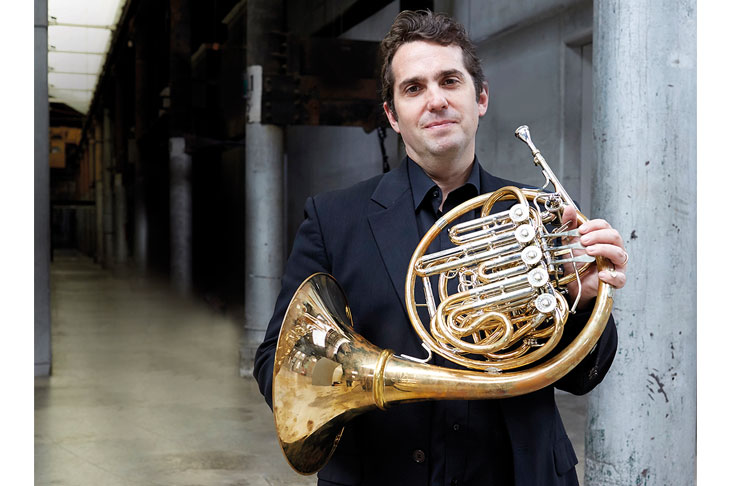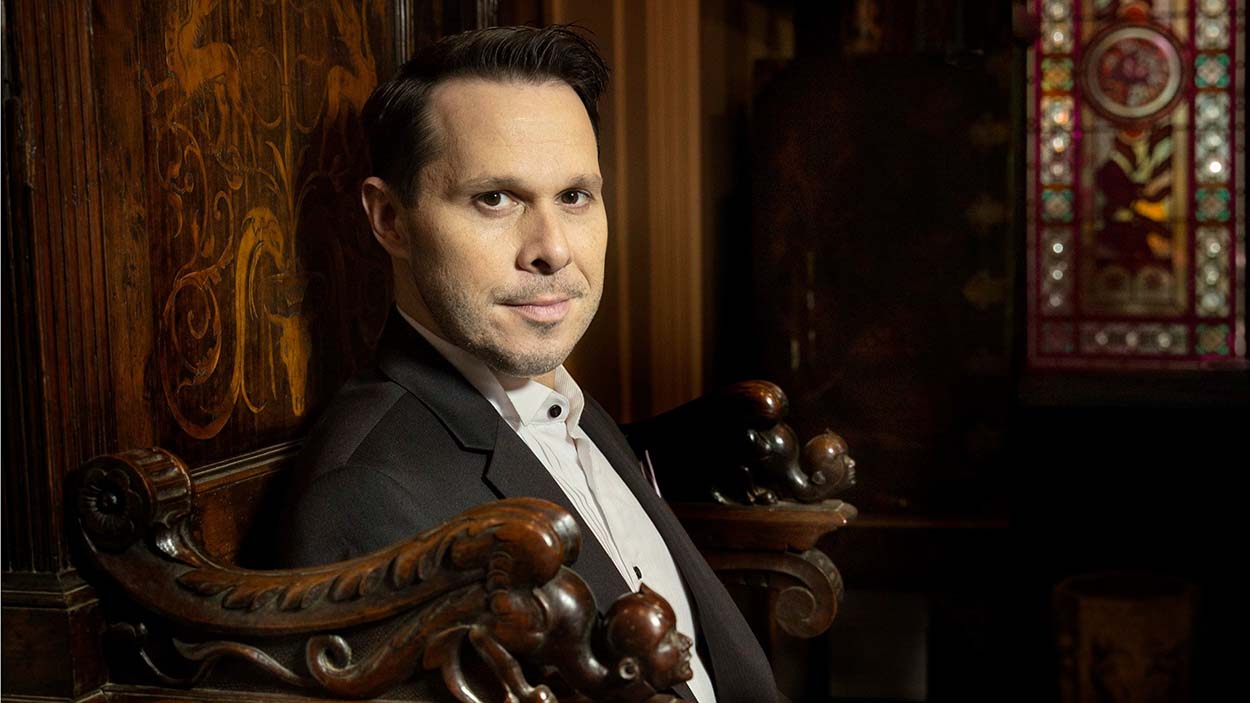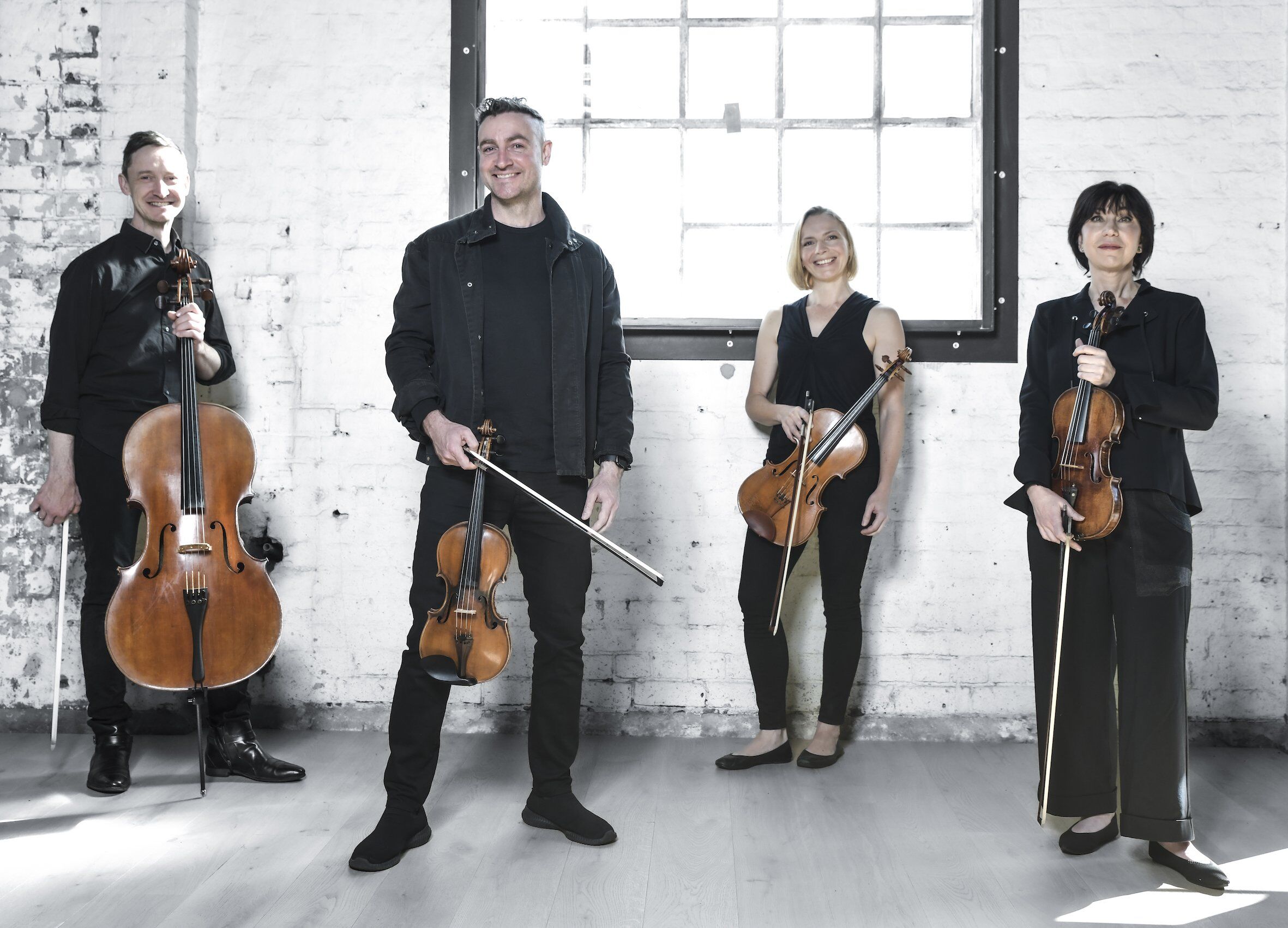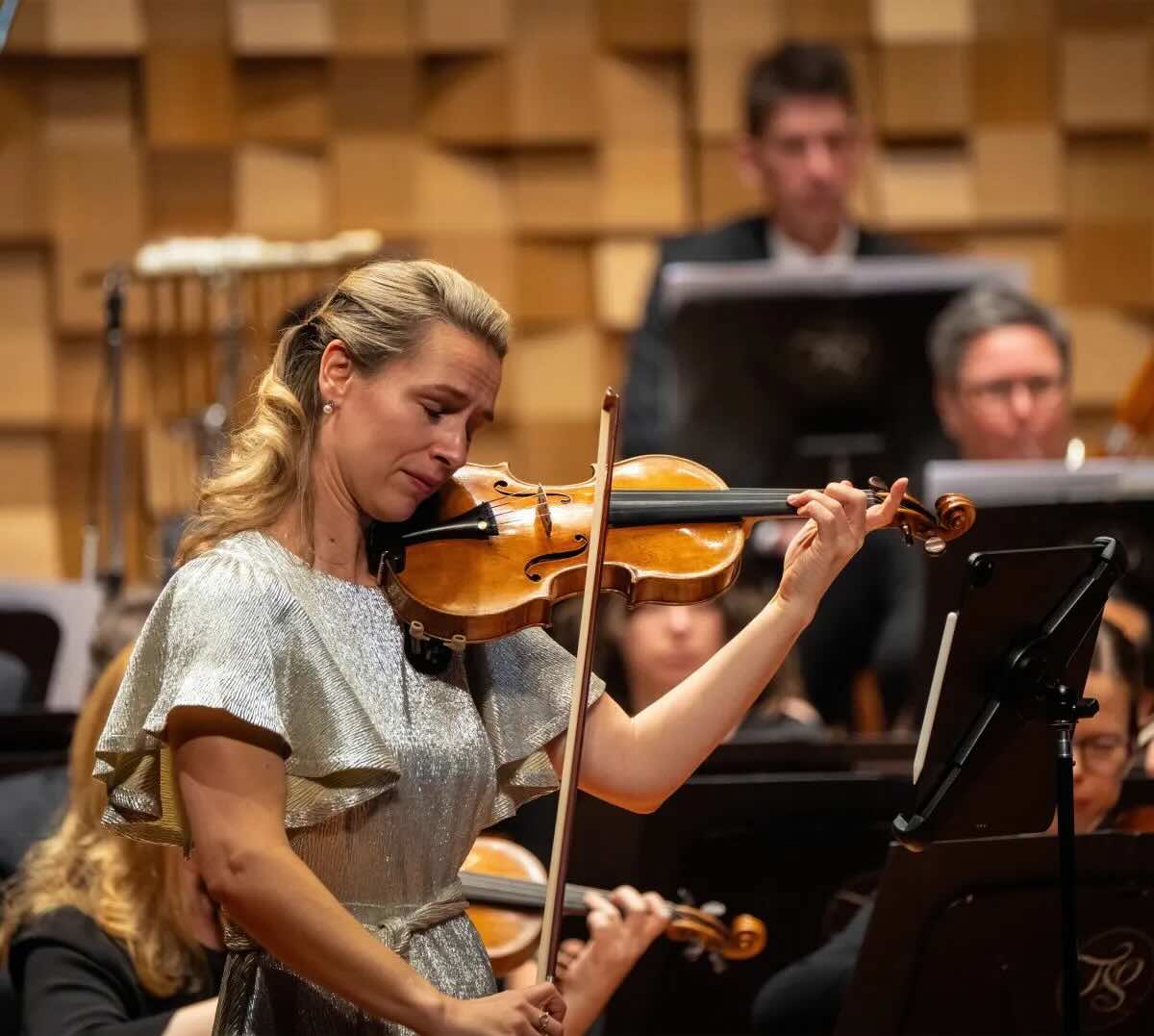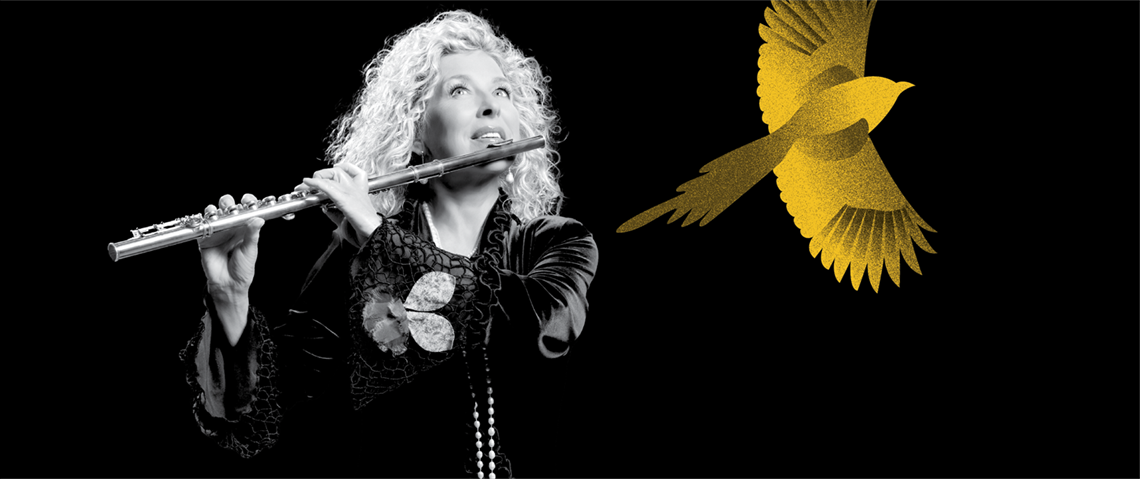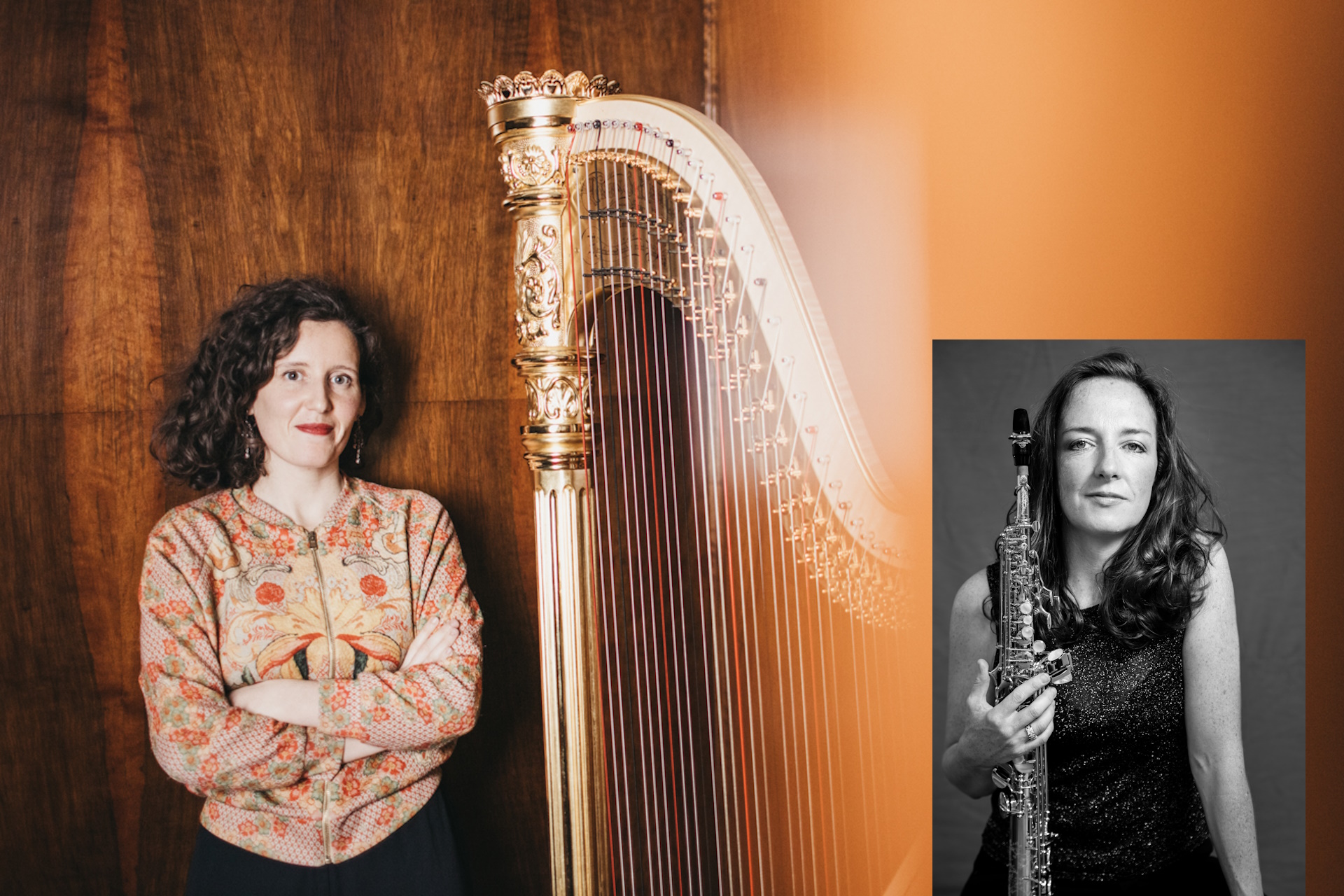Ku-ring-gai Philharmonic Orchestra | Rhapsody in Blue & Scheherazade
NOV 17, 2024, The Concourse, Chatswood
I have often wondered how the bird sounds so typical of Peter Sculthorpe’s music are produced by the strings. Apparently, the bow is applied continuously while the fingers slide up and down, as in a glissando on the piano. Whatever, Paul Terracini must have put in a lot of work with the KPO since I have never heard these sounds more realistically than in their performance of the composer’s Kakadu. The sounds, which appear to represent magpie geese and whistling ducks, appear in a quiet central section surrounded by more dramatic and louder sections which represent the bareness and loneliness of the ancient landscape. Very uplifting.
Rhapsody in Blue like Stravinsky’s Rite of Spring thirteen years earlier, caused a sensation when first performed. It elevated jazz to the classical music podium and resulted from the long and fruitful association between George Gershwin and Maurice Ravel who had already worked on this bringing together of the two genres. Rhapsody in Blue is 90% jazz and 10% classical whereas Ravel’s Piano Concerto is the exact opposite. The famous opening clarinet glissando sets the tone and four separate themes are treated to variations, some quiet some very loud. Simon Tedeschi has made this work his own, being a brilliant exponent of jazz idioms in a classical setting. I wonder if it is a coincidence that looking at pictures of the composer, George and Simon could easily be twins! I wish a young Gershwin had enlisted the help of Ravel in his composition as I feel some of the variations could have been more professionally developed.
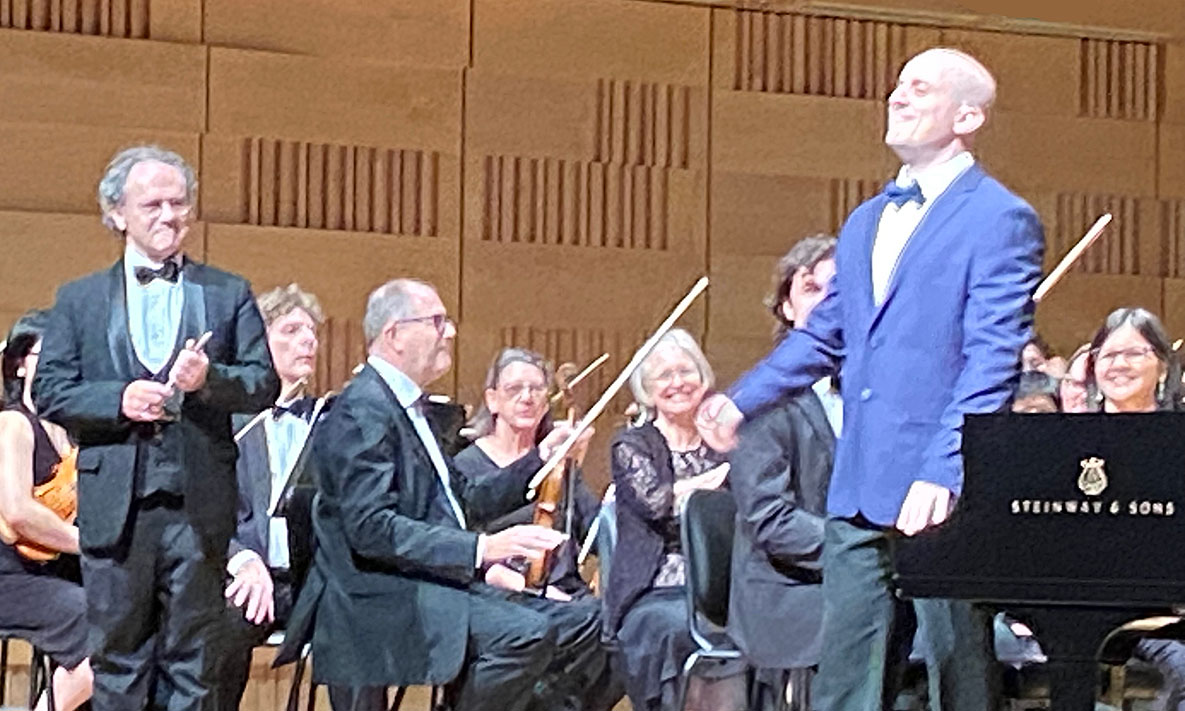
Rimsky-Korsakov, like his compatriot Mussorgsky, is one of many composers who despite a substantial output is remembered for only a few very popular works. He is of course one of the “famous five” whose works were devoted to music true to the Russian idiom from which Tchaikovsky was famously excluded. Scheherazade was written when he was forty four and is based on the book One Thousand and One Nights, dating from the 11th century, in which the title character tells a story each night but purposely leaves each unfinished. In order to prevent the Grand Vizier from having her executed. The music has a strong Russian flavour with appropriately an Eastern influence. The work is in four movements with overlapping themes, many of which are familiar.
This work would test any orchestra and the KPO, under the energetic conductor, came through with flying colours. I take the liberty of singling out the trombones and bassoons while the horns excelled after a couple of opening stutterings.

